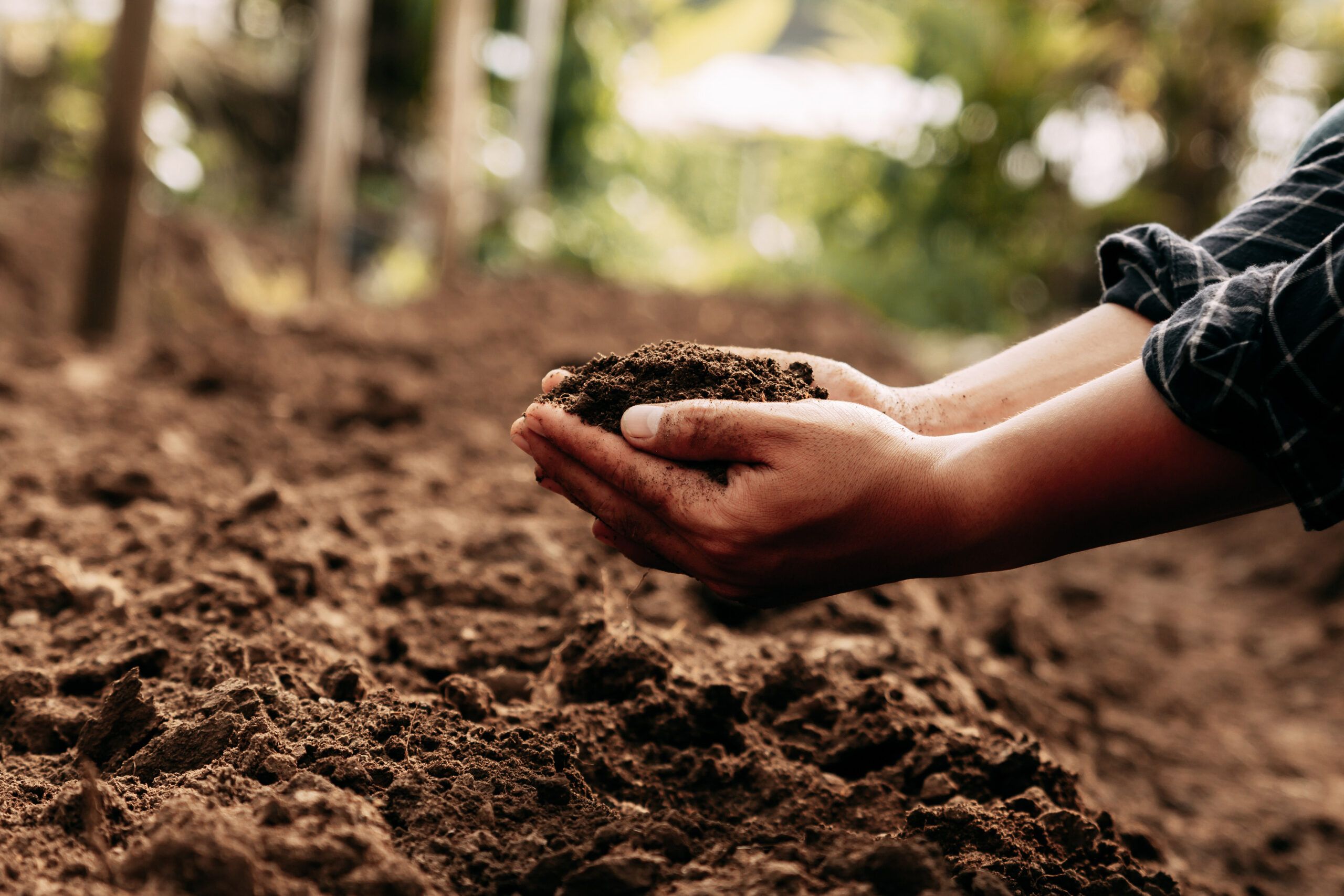Air it out: Turning over compost is a chore you’re apt to skip when there’s snow on the ground. If your pile’s rock solid, use a pitchfork to punch holes in the sides. Once raw material is looser, turn it over every few days to aerate.
Size it up: Didn’t add anything all winter? To get rich compost, you need to start with at least 3 cubic feet of material. Boost a puny pile with nitrogen-rich “greens” (moist ingredients like fruit and vegetable scraps, grass clippings, and coffee grounds), and “browns” (dry materials like dead leaves, shredded newspaper, and sawdust) to add carbon. The combination literally heats up the compost, speeding decomposition. Alternate greens and browns, keeping a layer of browns on top to ensure kitchen scraps don’t attract critters.
Take its temperature: Heat helps turn organic waste into that desirable “black gold.” Ideally, active compost has an interior temperature of 110° to 140°F. Cooler temps mean material breaks down more slowly, but compost that’s over 160°F can kill helpful microbes and send worms packing. You can buy a compost thermometer, but an old kitchen thermometer will do the trick.
Dry it out: A quick thaw or a rainy spell may have left you with a soggy compost bin. If space (and curious pets) allow, remove compost from its container so moisture can evaporate. More rain in the forecast? Cover it loosely with a tarp so your pile won’t get drenched.

